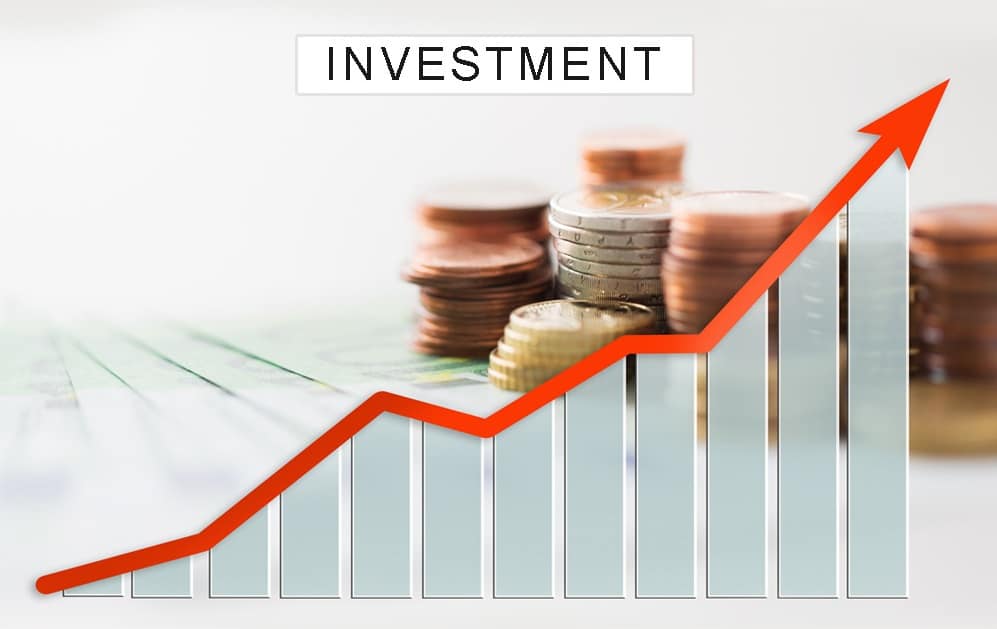Exploring the latest changes in U.S. investment policies and their impact

January 30, 2025
The U.S. investment landscape in is witnessing significant shifts driven by evolving economic policies, trade regulations, and financial reforms. Under the new administration, key policy changes are reshaping investor sentiment, market performance, and the global economic outlook. This article delves into the latest developments, their implications, and what investors need to consider moving forward.
Federal Reserve’s Monetary Policy: A Careful Balancing ActThe Federal Reserve remains at the forefront of shaping investment conditions in 2025. Following a series of interest rate hikes in previous years to combat inflation, the Fed has now adopted a more cautious stance. In its latest decision, the Federal Open Market Committee (FOMC) opted to maintain interest rates at 4.25%–4.50%, emphasizing data-driven policymaking.
Economists predict that interest rate cuts may not come until Q3 2025, depending on inflation trends and economic growth data. Investors are advised to diversify portfolios and adopt a defensive strategy in response to these monetary policies.
Trade and Investment Policies: The ‘America First’ ApproachThe administration has reinforced its "America First" trade policy, prioritizing domestic industries, reducing trade deficits, and tightening regulations on foreign investments.
New Tariff Regulations and Trade AgreementsThe U.S. has imposed higher tariffs on select Chinese imports, targeting sectors such as semiconductors, electric vehicles, and renewable energy components. This move aims to boost domestic manufacturing but has sparked concerns about supply chain disruptions and retaliatory tariffs.
Additionally, trade agreements with Canada, Mexico, and the European Union have been revised to include stricter investment protections and technology transfer regulations.
The Outbound Investment Security ProgramA major shift in is the introduction of the Outbound Investment Security Program under the U.S. Department of the Treasury. The program aims to:
This policy has led venture capital and private equity firms to reassess their global investment strategies, with some shifting focus back to U.S.-based startups and emerging industries.
Corporate Taxation and Financial Regulations Corporate Tax AdjustmentsThe administration has revised corporate tax policies, aiming to balance economic growth with fiscal responsibility. Key changes include:
The Securities and Exchange Commission (SEC) has introduced new transparency requirements for hedge funds and private equity firms. These measures:
While some investors welcome these reforms, others argue that increased regulation may stifle financial innovation and market growth.
Impact on Key Investment Sectors Technology and AI InvestmentsThe U.S. remains a global leader in artificial intelligence (AI) and semiconductor manufacturing. However, government restrictions on foreign investments have reshaped the sector’s funding landscape.
In a controversial move, the administration suspended $billion in clean energy loans, citing concerns over economic feasibility. However, tax credits for renewable energy projects remain intact.
Higher interest rates have cooled the real estate market, particularly in high-cost metropolitan areas. However, opportunities exist in:
Cryptocurrency regulation remains a hotly debated topic in 2025. Key developments include:
While regulations aim to curb fraud and market manipulation, some crypto advocates warn of potential overreach.
Global Investment Trends and U.S. Market PositionThe U.S. remains a dominant global investment destination, but international competition is intensifying.
Foreign direct investment (FDI) into the U.S. is expected to remain strong, particularly in technology, healthcare, and infrastructure. However, geopolitical risks and policy changes may impact investor confidence.
Investment Strategies for 2025Amid these policy shifts, investors should consider:
Diversification: Spread investments across multiple sectors to mitigate risk. Focus on Domestic Growth: U.S.-based industries with government backing offer stability. Monitor Interest Rate Trends: Fixed-income investments may become more attractive if rates decline later in the year. Adapt to Regulatory Changes: Stay informed on tax and trade policies affecting specific industries.

Exploring the latest changes in U.S. investment policies and their impact
The U.S. investment landscape in 2025 is undergoing significant shifts due to economic policies, trade regulations, and financial reforms. This article explores key policy updates, their effects on investors, and future economic implications

Impact of U.S. Policies on Global Economy
U.S. economic decisions influence global markets through trade policies, interest rates, and regulations, shaping financial trends and international stability

Key Insights on Policy Shifts and Market Impact
Recent U.S. policy changes are reshaping investment landscapes. Investors must stay informed about regulatory shifts, economic trends, and potential risks

U.S. Fiscal & Monetary Impact on Investments
Explore how U.S. fiscal policies and monetary decisions shape investment trends, affecting markets and economic strategies

The Impact of U.S. Government Spending on Investments
Government spending plays a crucial role in shaping the investment market by influencing economic growth, stock prices, bond yields, and investor confidence

U.S. Growth and Investment Trends
Explore how investment strategies shape U.S. economic growth, influencing markets, businesses, and financial trends for long-term stability

Understanding U.S. Reforms and Their Impact on Investors
Recent U.S. reforms are reshaping investment strategies, affecting markets, businesses, and investor confidence. Learn how these changes influence financial decisions

Understanding the Impact of U.S. Policies on Investments
U.S. policies continue to evolve, significantly impacting investment landscapes. This article delves into the most important policy changes expected to shape investment decisions and market behavior in the coming years. From government regulations to fiscal strategies, we analyze how investors can navigate the challenges and seize new opportunities as U.S. policies unfold

Understanding the U.S. Influence on Global Investment Trends
U.S. policies and trends have a profound effect on global investment strategies. This article explores the key factors, including fiscal, monetary, regulatory, and technological changes in the U.S. that are influencing investment strategies worldwide. Global investors must adapt to U.S. policy shifts to stay competitive in the market
The Atlantic Daily
Get our guide to the day’s biggest news and ideas, delivered to your inbox every weekday and Sunday mornings. See more newsletters
.webp)
Ideas That Matter
Subscribe and support more than 160 years of independent journalism.
Subscribe